TechRadar Verdict
SJCAM's new flagship action camera isn't natively waterproof, but with 4K 60fps, zoom, slo-mo and a big touchscreen, it does more than enough to impress at a relatively low price.
Pros
- +
Excels with 4K/60 fps video
- +
Very easy to use
- +
Large 2.33-inch touchscreen
- +
Lots of video options
Cons
- -
Separate waterproof case
- -
Short battery on 4K mode
- -
Lacklustre Full HD 1080p modes
- -
Only 12MP still images
Why you can trust TechRadar
Who needs a GoPro? The rush to challenge the leading action camera brand has mostly consisted of cheap and cheerful products. However, like the Yi 4K+ (in fact, VERY like the Yi 4K+), the SJCAM SJ8 Pro – SJCAM's new flagship – delivers the essential features of the GoPro Hero7 Black, notably 4K60fps video, but for a much more palatable price. Selling for US$249.88/UK£219, this small, compact and easy to use action camera produces impressive videos and photos but doesn't have extras like voice control and built-in waterproofing. If you're mainly after core video quality, the SJ8 Pro might fit the bill.
Features
- 4K video capture up to 60fps
- 6-axis image stabilization
- 12MP still images in raw and JPEG
The headline feature is surely that ability to shoot in 4K at 60 frames per second. That's GoPro-level, but there is more to the SJ8 Pro than that. Equipped with Sony IMX377 sensor and Ambarella H22 S85 chipset, the SJ8 Pro's fisheye lens has a fixed focal length of 2.8mm, a 170° field of view, and gets down to f2.8 aperture. It's also got a handy 8x digital zoom.
It shoots video at a maximum of 4K 60fps, but can also indulge in 720p at 240fps for slo-mo, recording everything as h264 or new space-saving codec h265 MP4 files, and with 6-axis image stabilization. However, that high-grade video recording does come at a sharp cost, with the SJ8 Pro's battery lasting for only 90 minutes when it's filming in maximum quality. Even then that's with the 2.33-inch touchscreen on the back switched-off, ditto WiFi, which the SJ8Pro produces in both 2.4 GHz and 5GHz or file transfer and remote app operation.
For photos, its maxes-out at 12 megapixels, the same as the Hero7 Black. The SJ8 Pro captures in raw as well as JPEG, which is a bonus. As is a handy 'car mode' that loop records, so you can use the SJ8 Pro as a dashcam. Like most gadgets in 2019, the SJ8 Pro recharges using a USB-C connector.
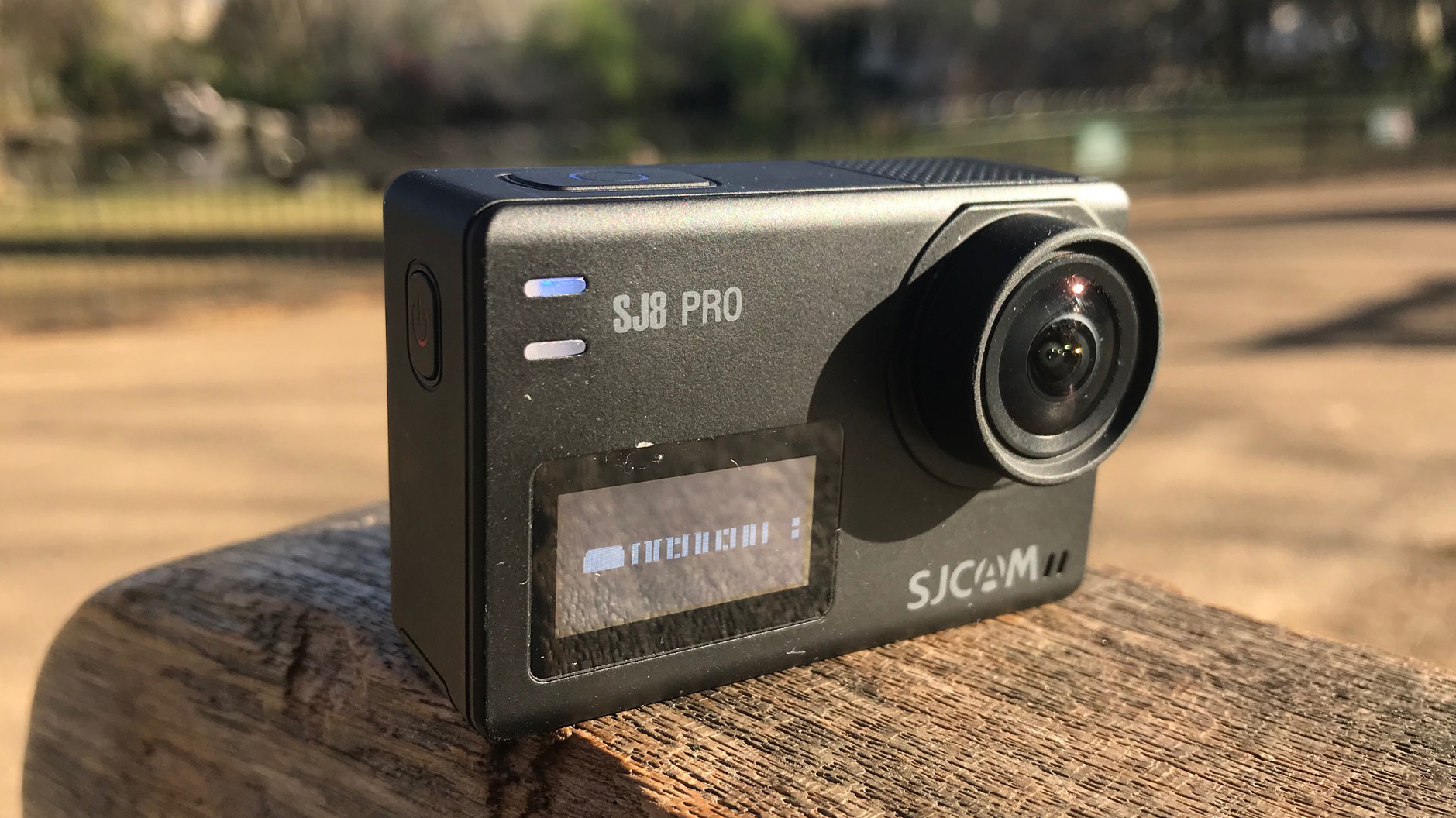
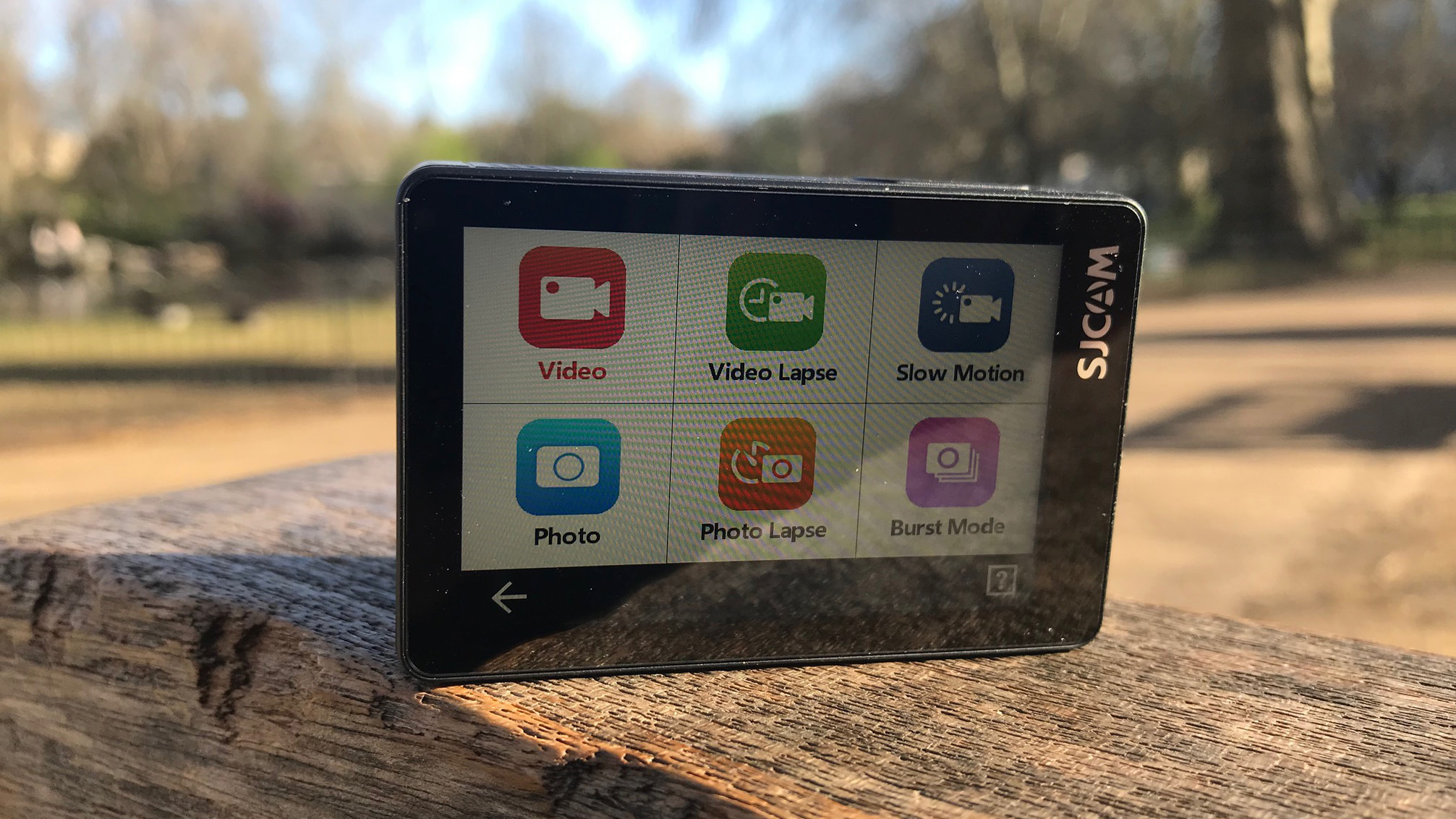
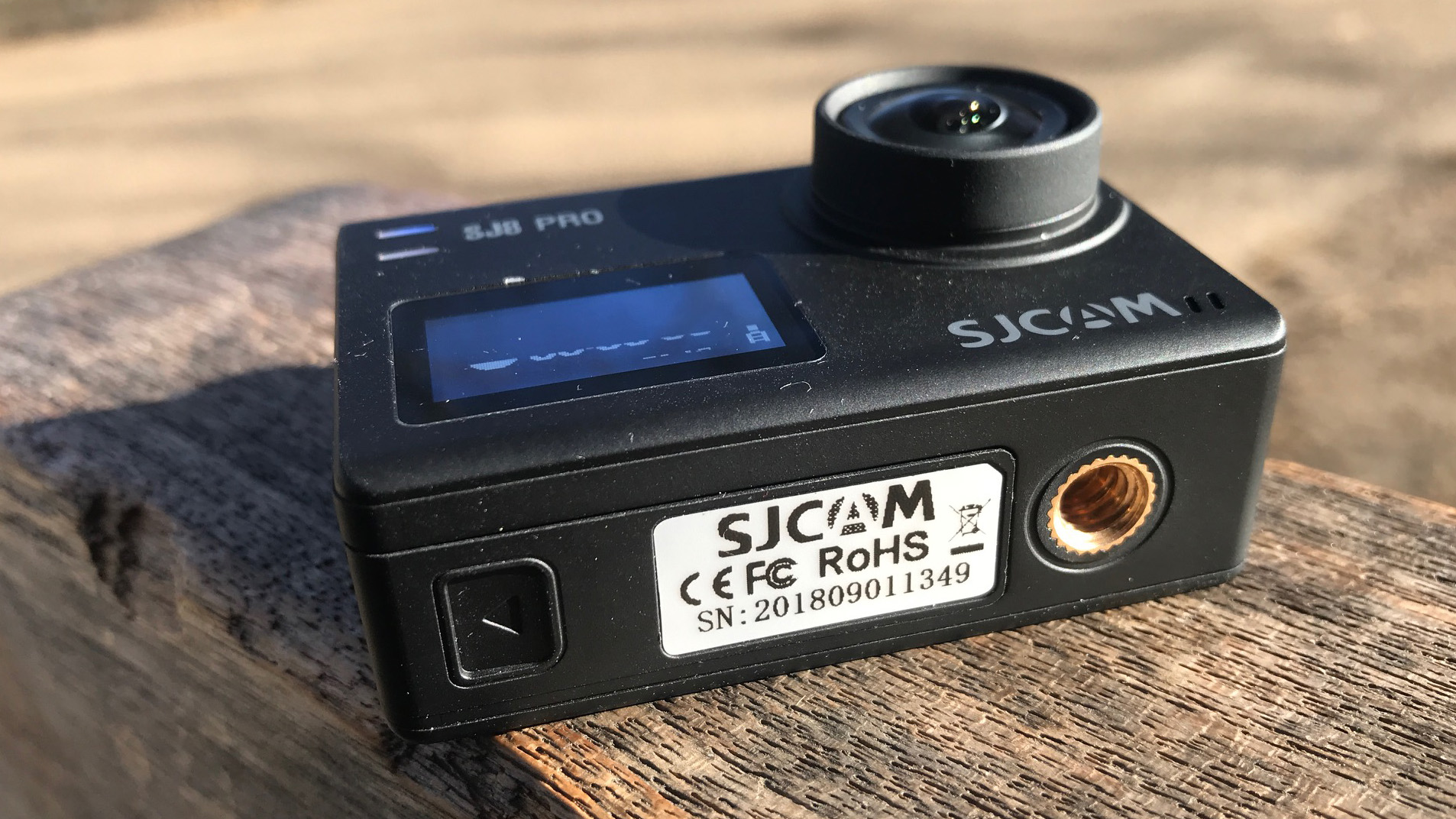
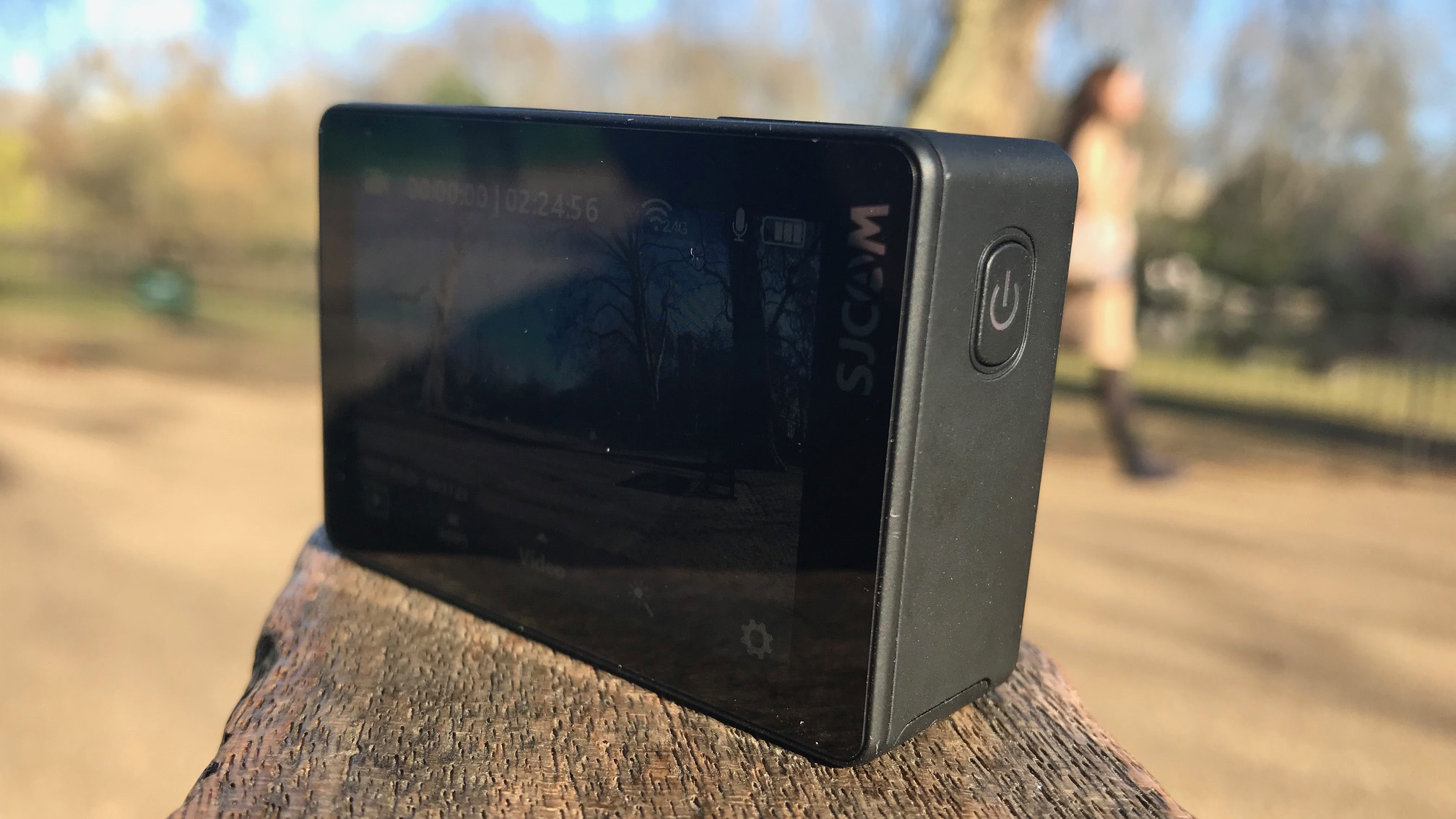
Design
- 2.33-inch IPS touchscreen
- Recharges via USB-C
- Weighs 90g
Though impressively solid and well-made, the SJCAM SJ8 Pro is not going to win any design awards. It could even be said that the soft touch black plastic-clad matchbox look that has dominated the action camera market for so long has numbered days. However, the biggest practical criticism of the pocket-friendly 62.5 x 41 x 28.8mm, 90g chassis (essentially it's a miniaturised version of SJCAM's older SJ8 Plus) is that it is not natively waterproof. To take the SJCAM SJ8 Pro down to depths of 30 m requires using a bolt-on transparent plastic case. That's a big difference to the latest GoPro models, and what's more, the SJCAM SJ8 Pro's case is tricky to get on and off. What we did like was the tiny silicon rubber lens protector for everyday use, something that most manufacturers of action cameras forget to include.
Elsewhere, the SJCAM SJ8 Pro is a standard design, with 1/4 inch tripod thread on the bottom next door to the battery compartment that's home to a removable 1,200mAh lithium-ion battery and a microSD card slot good for cards from 16GB-128GB.
While one side hosts the standby button, the other is home to a USB-C slot for recharging the battery, and a microphone (with a second one on the front). The top of the unit houses a surprisingly large speaker alongside the shutter button.
What we like most about the SJCAM SJ8 Pro's compact design is the way the 2.33-inch touchscreen extends to within a few millimetres of the edge of the product. There's also a tiny 0.96″ OLED screen on the front that displays a lot of information, including how much room is left on the microSD card, the time, and the current mode of the camera. It's handy to glance at, but its real purpose is to keep the main touchscreen on the rear clear of clutter.
As well as the main product there are a few accessories in the box, including a battery, waterproof case, USB-C cable, quick-release buckle, handlebar seat post mount, and curved and flat stick-on mounts (plus two other stick-on mounts). There's also a small grey fabric pouch designed to carry the camera and a few accessories. You could also consider purchasing the SJCAM Gimbal-2, which works with the SJ8 Pro using an app.
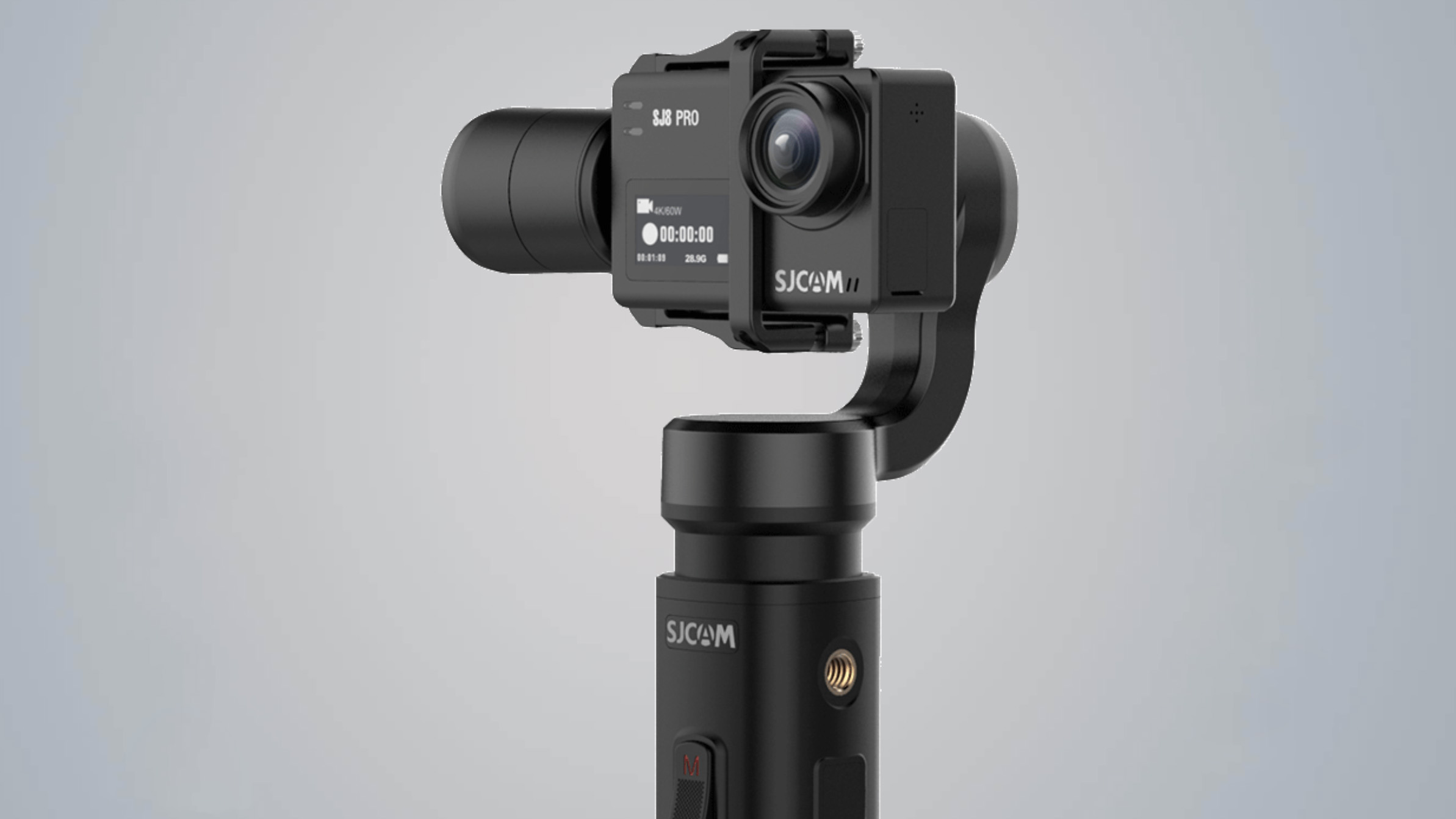
Performance
- Uncluttered user interface
- 6-axis stabilisation works reasonably well
- 'Distortion correction' creates great photos
The software inside the SJ8 Pro is highly impressive, allowing really simple and intuitive operation. Considering that there are a lot of modes, that's impressive, though the grid-style menus do contain a lot of settings, so it can take a lot of presses to make a simple change. However, the sensitive 2.33-inch touchscreen helps make that reasonably painless.
The user interface is similar to that found on the Yi 4K+, though SJCAM informed us that there is no relationship between the two brands. Meanwhile, the SJCAM Zone app for iOS and Android is impressively simple, and transfers media quickly over 5Ghz WiFi, but also doesn't need to be used at all; you could just as easily ignore your phone and snap away on the SJ8 Pro, and connect it to a laptop later. That's refreshing.
Of course, the SJ8 Pro does its sharpest work when shooting in 4K60fps, capturing vibrant colours, though the lower resolutions are much smoother to watch back. That's no shock, but the SJ8 Pro's 6-axis stabilisation does work reasonably well, with few artefacts on show. For 4K and 1440p it's possible to shoot in 25/30/50/60fps, while dropping down to 1080p brings a 120fps, and 720p a 240fps mode for slo-mo. It's best used in bright conditions, especially if you drop down to 1080p, where things can get murky and surprisingly soft.
Photos in 12MP are impressive when the sun's out, but less impressive in low-light. Choosing 'vivid' mode is essential since 'flat' photos appear very washed-out, though just as important is where you stand and how much you zoom in. Although it has a fixed focus lens as do all action cameras of this type, very few have the 8x digital zoom that the SJ8 Pro is equipped with. It may not sound like a must-have feature, but it does enable the SJ8 Pro to get around the limitations of its fisheye lens very nicely. For example, though that fisheye lens is great for getting buildings into your shot without moving, anything close to the edges of the frame tends to be horribly curved. However, a clever ‘distortion correction’ mode auto-zooms in slightly and creates straight lines. That mode works really well with close-ups.
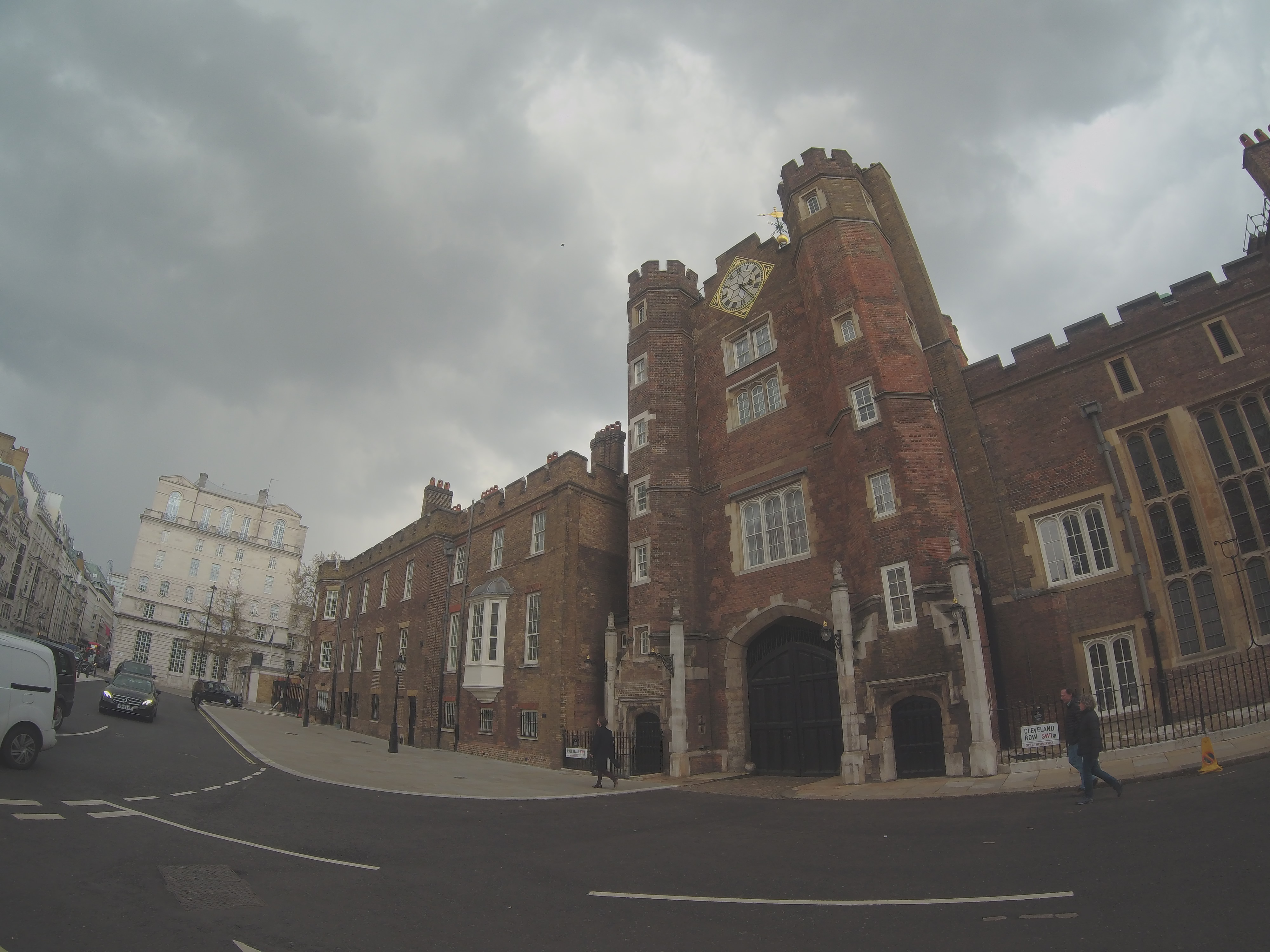
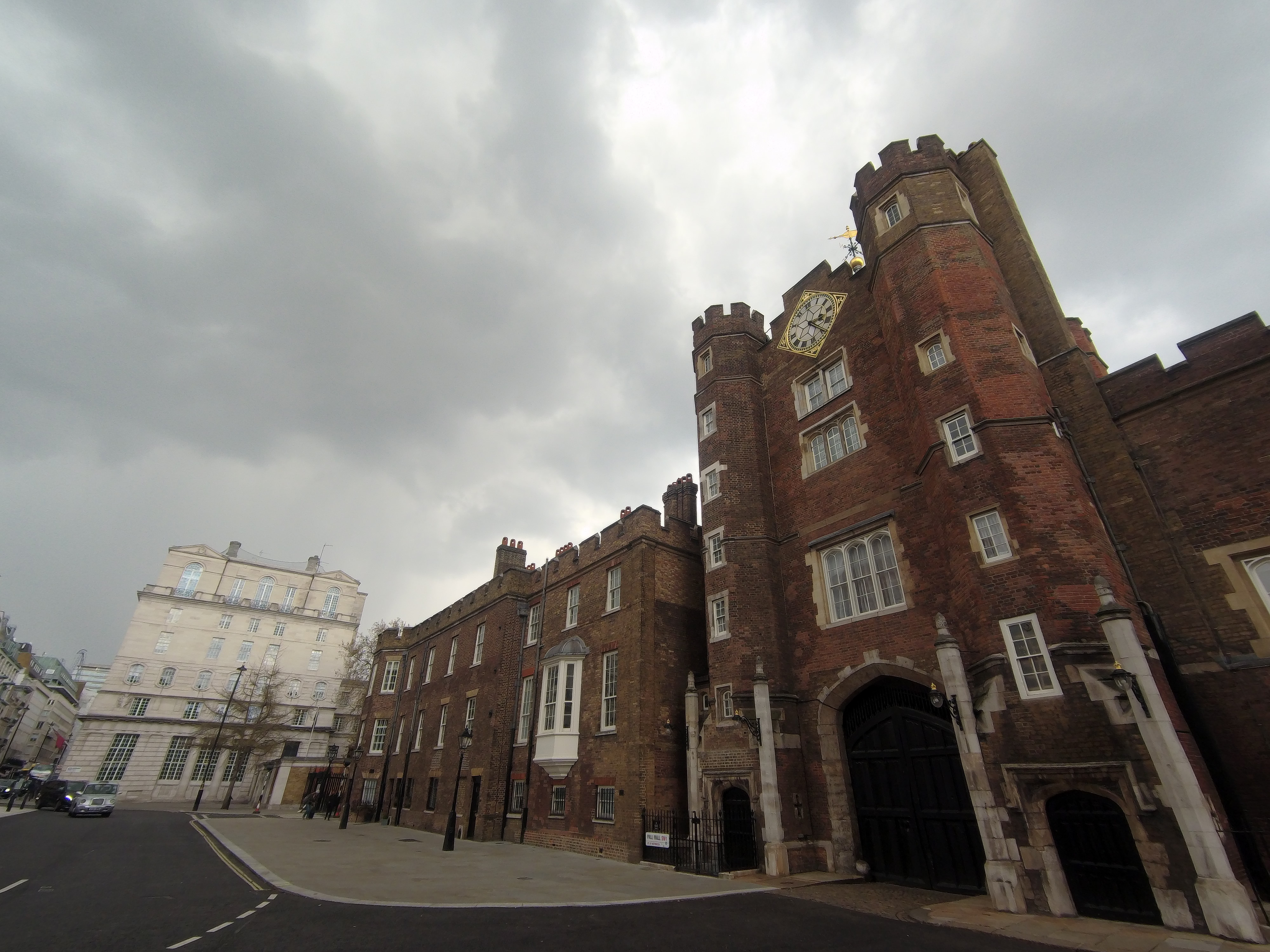


Verdict
There's no denying that the SJCAM has come up with something special here. If you're looking to get into action cameras and you don't want to pay extra for the GoPro's waterproofing and voice control (and you want a larger touchscreen), the SJ8 Pro is a great value alternative. Laser-focused on producing excellent 4K 60fps, the SJ8 Pro nevertheless impresses mostly on build quality, ease of use, a bundle of accessories … and that temptingly low-ish price.
Jamie is a freelance tech, travel and space journalist based in the UK. He’s been writing regularly for Techradar since it was launched in 2008 and also writes regularly for Forbes, The Telegraph, the South China Morning Post, Sky & Telescope and the Sky At Night magazine as well as other Future titles T3, Digital Camera World, All About Space and Space.com. He also edits two of his own websites, TravGear.com and WhenIsTheNextEclipse.com that reflect his obsession with travel gear and solar eclipse travel. He is the author of A Stargazing Program For Beginners (Springer, 2015),
